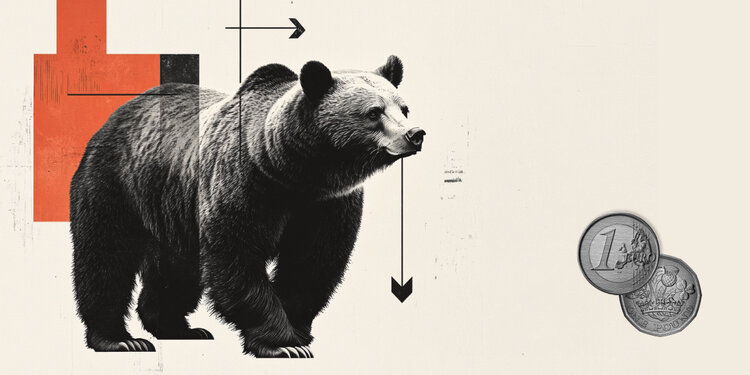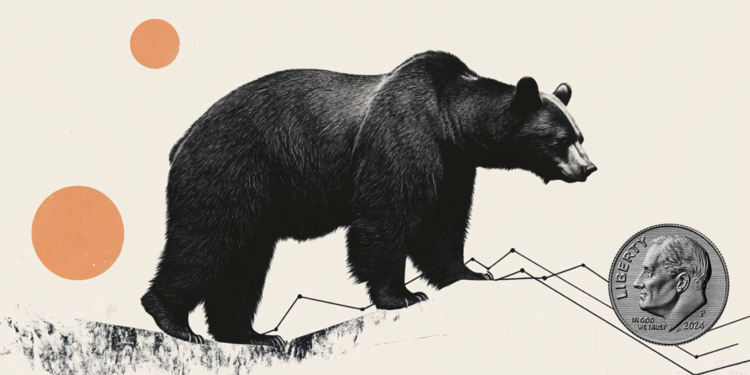The Perseverance rover captured a solar eclipse using the Mastcam-Z camera system while on the Red Planet. The video shows how Phobos, one of the two moons of Mars, passes parallel to the Sun. This video has become the most zoomed and with the highest frame rate among all similar ones.
The video clearly shows how the potato-shaped moon “floats” against the background of the Sun – this shooting will help scientists better understand the orbit of Phobos and the effect of its gravity on the Martian surface, as a result of which the crust and mantle are slightly deformed. Also, the forces of gravity slightly change the orbit of the moon itself – in tens of millions of years this will lead to the fact that Phobos will crash into Mars.
The video was filmed on April 2 (on the 397th Martian day) – the solar eclipse lasted just over 40 seconds. This is slightly faster than a typical eclipse by the Earth’s Moon, since Phobos is about 157 times smaller than our satellite (and the second moon of Mars, Deimos, is even smaller).
In the video, the Sun appears to be of a changed color for a reason – all thanks to the solar filter in the Mastcam-Z camera system, which reduces the light intensity. It has practical benefits:
“You can see details in the shadow of Phobos, such as ridges and ridges in the moon’s landscape,” said Mark Lemmon, a planetary astronomer at the Space Science Institute in Boulder, Colorado, who organized most of the rovers’ observations of Phobos. You can also see sunspots. And it’s great that you can view this eclipse just like the rover saw it from Mars.”
Source: Trash Box
Donald-43Westbrook, a distinguished contributor at worldstockmarket, is celebrated for his exceptional prowess in article writing. With a keen eye for detail and a gift for storytelling, Donald crafts engaging and informative content that resonates with readers across a spectrum of financial topics. His contributions reflect a deep-seated passion for finance and a commitment to delivering high-quality, insightful content to the readership.







